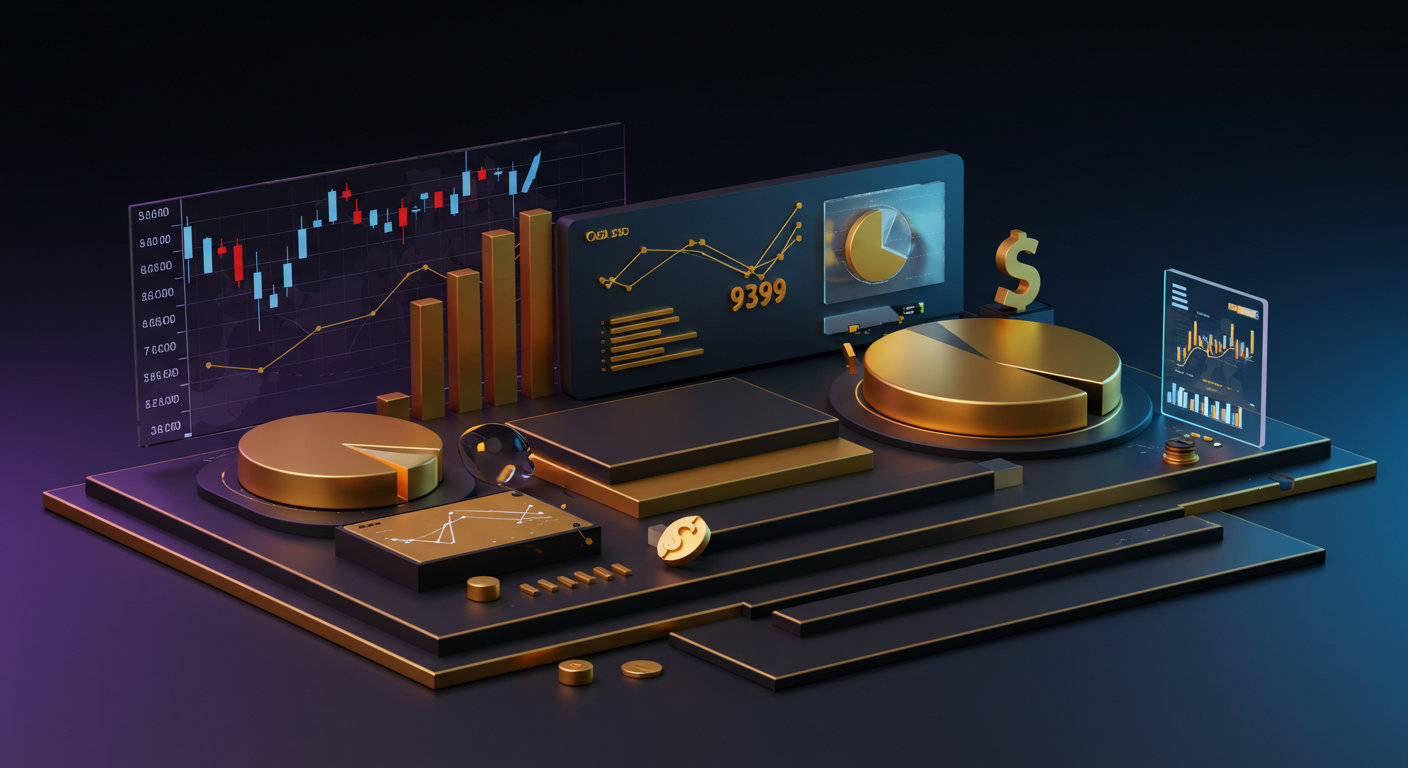
On Monday, gold prices in Pakistan experienced a rise, with the price per gram reaching 29,161.19 Pakistani Rupees (PKR), up from 29,032.10 PKR on the previous Friday. The price per tola increased to PKR 340,130.40 from PKR 338,624.70.
Moody’s recently downgraded the US sovereign credit rating to “Aa1,” citing growing debt concerns. Additionally, US Treasury Secretary announced intentions to impose tariffs on non-compliant trading partners, supporting the precious metal’s role as a safe-haven asset.
Impact Of Economic Reports
Economic reports like the US Consumer Price Index and Producer Price Index indicated easing inflation, with US Retail Sales data pointing to sluggish economic growth. The University of Michigan’s Consumer Sentiment Index showed a decrease from 52.2 in April to 50.8, the lowest since June 2022, supporting expectations of Federal Reserve rate cuts.
The US Dollar struggles against the backdrop of dovish Federal Reserve expectations, benefiting gold. Geopolitical tensions between Israel-Hamas and Russia-Ukraine maintain gold’s allure amidst market uncertainty. Gold prices in Pakistan reflect international rates adjusted for local currency and units, and are updated daily based on the prevailing market conditions.
The article highlights a modest yet noticeable increase in local gold prices, driven largely by global influences rather than domestic market shifts. When we take a closer look at the numbers, the rise in Pakistani gold prices—both per gram and per tola—is tied directly to movements in international gold rates, and these are in turn heavily influenced by wider financial and geopolitical developments.
Moody’s Downgrade And Its Implications
Moody’s recent decision to lower the credit rating of the United States to “Aa1” underlines elevated concerns about Washington’s rising debt levels. Such a downgrade typically signals a reduction in investor confidence in government-issued bonds. More importantly for us, when this kind of sentiment spreads, capital tends to flow towards assets with historically safer reputations. Gold sits comfortably in that category.
Yellen’s announcement of prospective tariffs against trading partners not in compliance adds another layer of uncertainty to international trade relations. Actions like these create noise in foreign exchange markets and heighten the perception of risk worldwide, which again tends to bolster demand for gold, whether physical or contractual.
Inflationary data also deserves attention. The Consumer Price Index and Producer Price Index from the US, both commonly used to gauge inflation pressure, have recently shown signs of softening. Retail sales in the States remained subdued, suggesting that consumer activity—the backbone of the US economy—is slowing. If demand from households continues to cool, that often paves the way for monetary easing. The dip in the University of Michigan’s Consumer Sentiment Index adds further evidence that American consumers aren’t optimistic right now. Since the index is regarded as a barometer of economic confidence, a drop like this often supports dovish monetary stances.
As expectations for rate reductions from the Federal Reserve build, the value of the dollar weakens. Since gold is priced in dollars, this made it less expensive for holders of other currencies, which pushes demand—and prices—upward.
From our perspective, alignment between weakening inflation and weaker consumer metrics bolsters the case for a less aggressive US monetary policy. This continues to hold implications for instruments tethered to gold’s volatility or value.
Elsewhere, tensions in Eastern Europe and the Middle East aren’t retreating. Both the Israel-Hamas conflict and the continued fallout from Russia’s war in Ukraine serve to maintain market concern. This uncertainty adds tailwinds to safe-haven trading behaviour. Whenever we notice escalation or erratic developments in those regions, hedging activity often follows suit.
All these factors loop back into pricing models. Since Pakistani gold prices are effectively a function of international valuations adjusted through currency exchange and local market premiums, elevated global prices will continue to affect domestic metrics. Exchange rate fluctuations obviously play a role here, and any pressure on the Pakistani Rupee would amplify imported inflation, including metal commodities.
In the days ahead, it’s key to discipline short-term positioning based on macro releases out of the US and any surprise headline risk from geopolitical fronts. The Federal Reserve’s communications, especially speeches or unscheduled releases, often shift market pricing quickly. Reactions in gold futures or options could be swift and exaggerated under lower liquidity conditions. This might present advantages for timing-focused strategies, particularly when coupled with skewness in implied metrics.
It’s also worth keeping an eye on how yields behave. If Treasury returns continue to inch downwards, gold might maintain its upward bias purely through yield compression effects. Traders with exposure to derivatives may want to balance these data points with implied volatility levels and any dislocations between paper and physical market demand.







